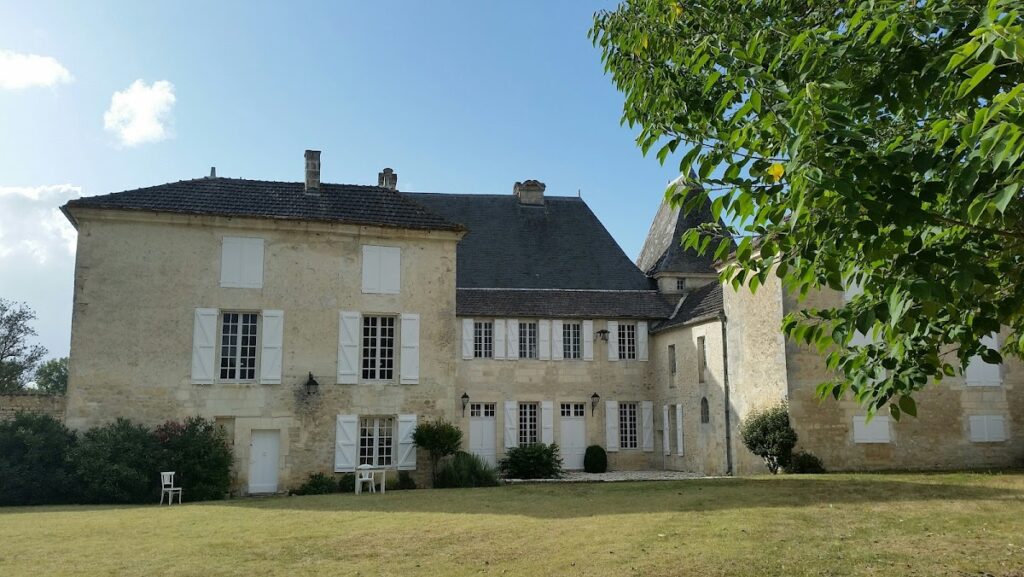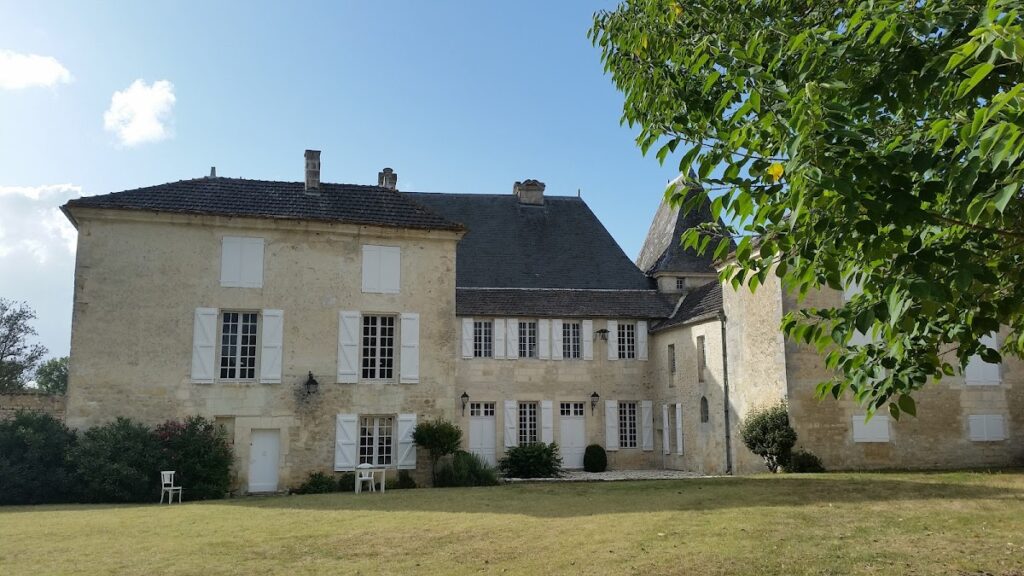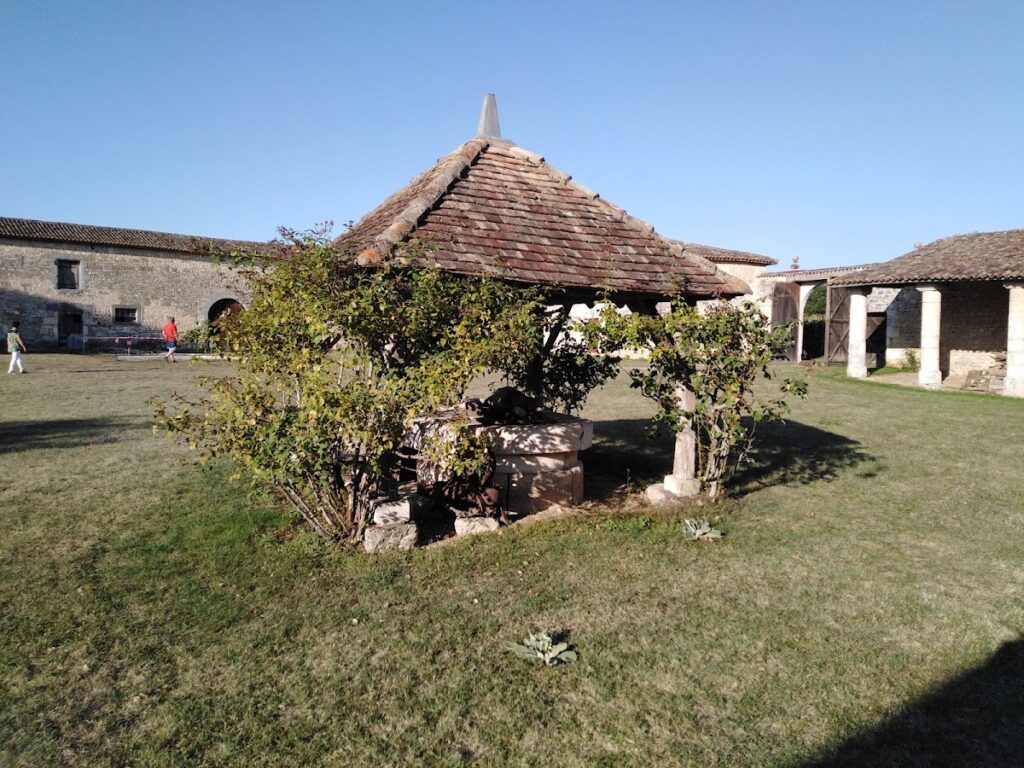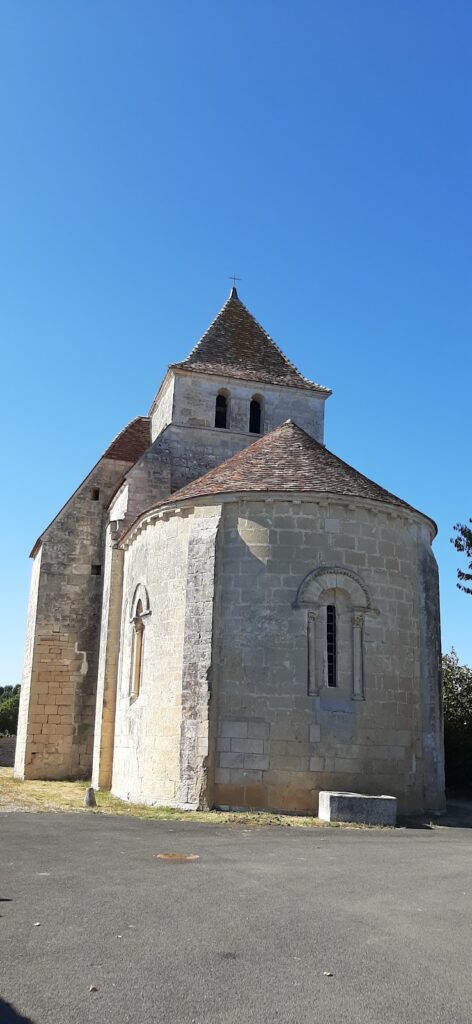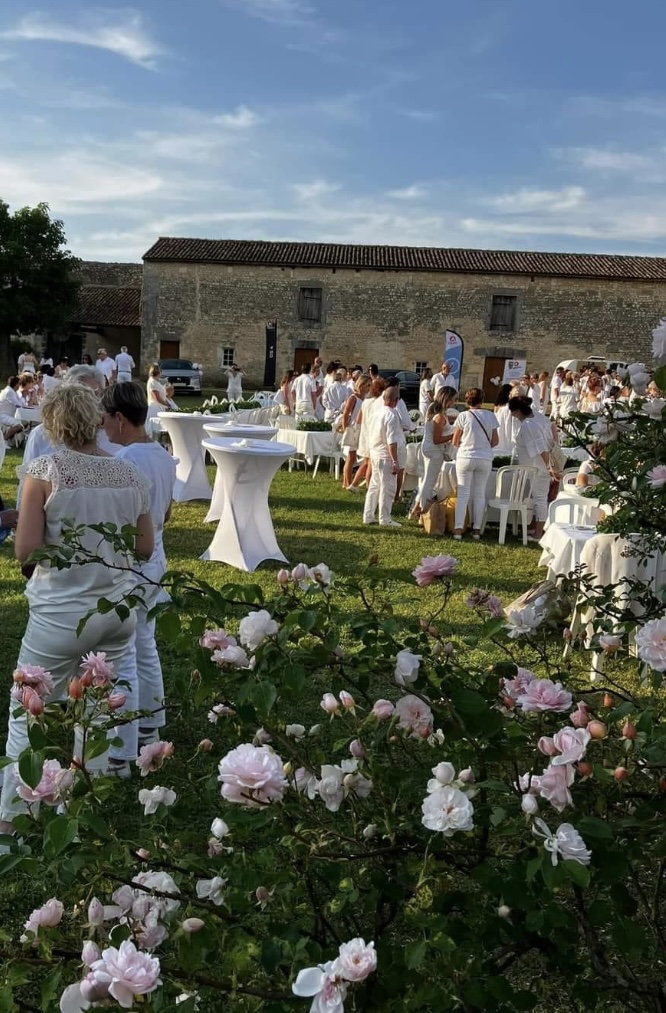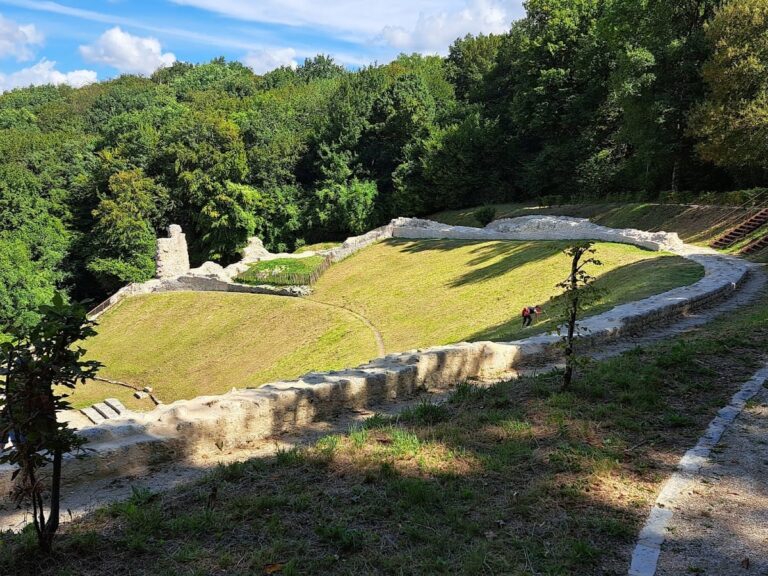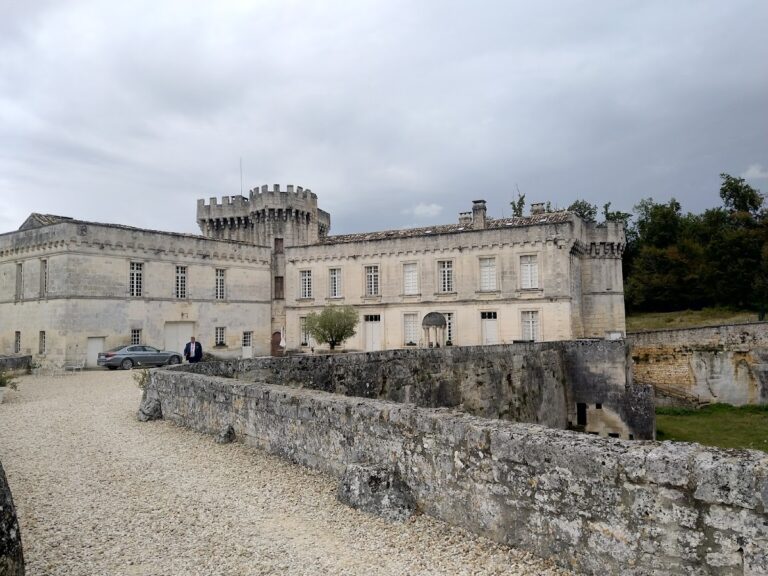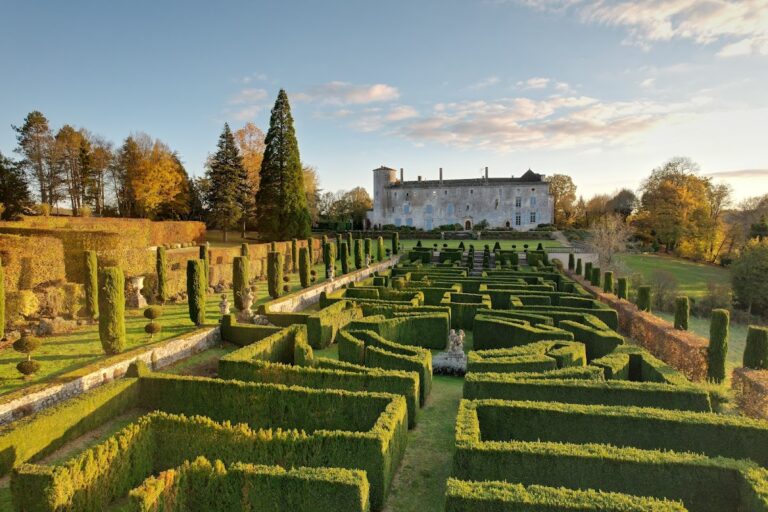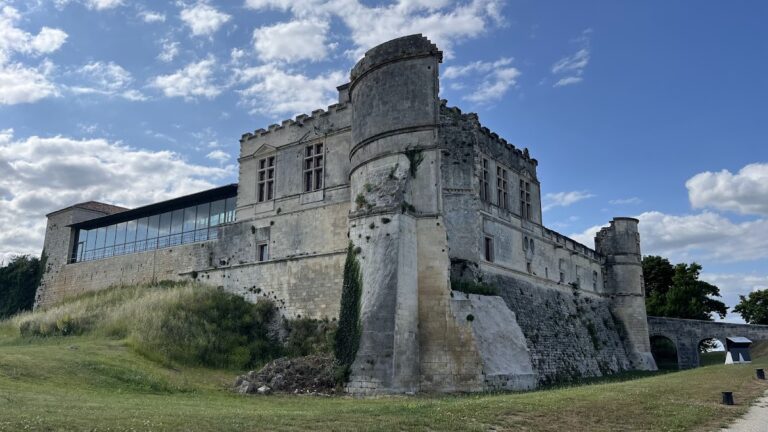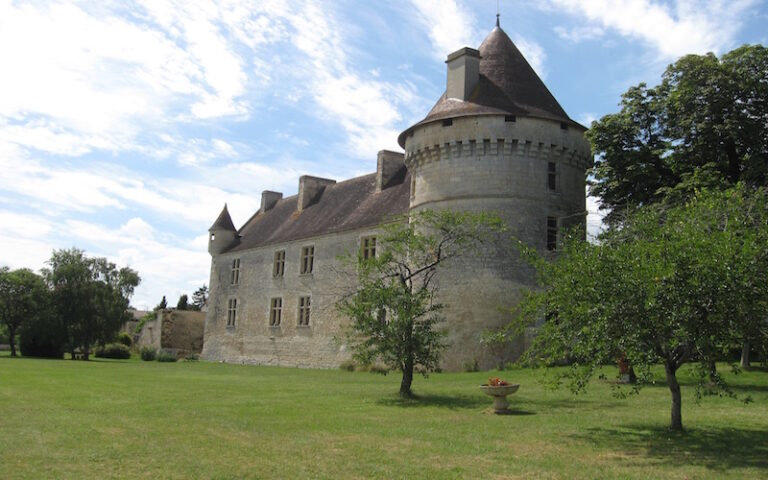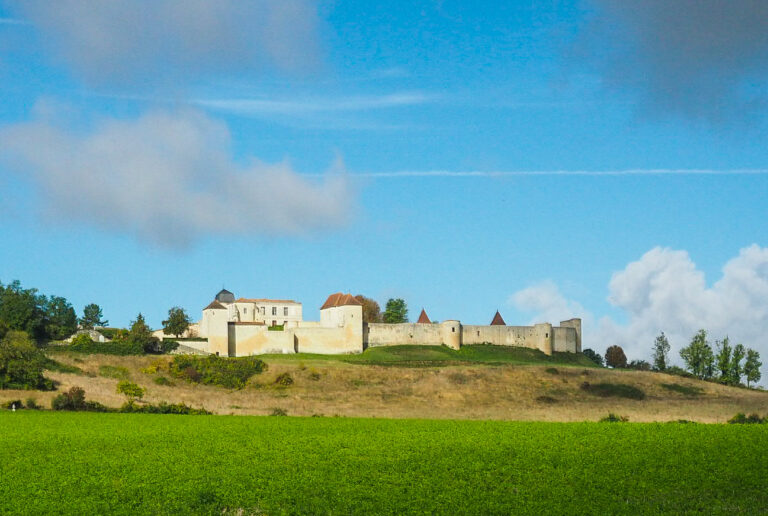Château de Balzac: A Historic Noble Residence in France
Visitor Information
Google Rating: 4.2
Popularity: Very Low
Google Maps: View on Google Maps
Official Website: www.chateaudebalzac.fr
Country: France
Civilization: Unclassified
Remains: Military
History
The Château de Balzac is situated in the commune of Balzac in France and originates from the period of French nobility during the early modern era. Its recorded history begins around the turn of the 17th century, when it became associated with the Guez family, a prominent noble lineage from the Languedoc region.
Around 1600, Guillaume Guez, who held an important administrative post as treasurer for military affairs over the provinces of Angoumois, Aunis, and Saintonge, acquired the estate. He was also connected to the household of the Duke of Épernon, the governor for these territories. During his ownership, Guillaume undertook significant expansions, transforming the residence to reflect the status of its new proprietor.
His son, Jean-Louis Guez de Balzac, born in 1597 and recognized as a literary figure who contributed to the reform of the French language, made the château his home until 1612. Jean-Louis later returned in 1631 and eventually withdrew into religious life at a Capuchin monastery in Angoulême, indicating the château’s continuing importance within the family during his lifetime.
In a notable episode of early 17th-century French political history, Marie de Médicis, the former queen and mother to King Louis XIII, spent six months at the château in 1619. Following her release from exile by the Duke of Épernon, the château hosted delicate negotiations for reconciliation between the queen mother and her son. Cardinal Richelieu was present during these talks, which took place just prior to the decisive Battle of the Ponts-de-Cé.
The château also served as a cultural hub, attracting poets, writers, and letter writers who left records of their visits, helping to document its role in intellectual and social exchange during that era. The estate remained under Guez family descendants’ ownership until its sale in 1729.
Following centuries of change, the château entered a new phase of preservation when the Boissinot family acquired it in 1974. They initiated a restoration grounded on descriptions and accounts left by Jean-Louis Guez de Balzac and other historical visitors, aiming to maintain the residence’s historical character and legacy.
Remains
The Château de Balzac occupies the site of an earlier construction and primarily dates from the 17th century. Its layout features a main residential building flanked by two wings arranged at right angles, with a distinctive corner pavilion topped by a sharply rising pyramidal roof. This design reflects the architectural style of the period, blending functionality with noble aesthetics.
Among its 17th-century elements are dormer windows adorned with decorative pediments and a wrought iron balcony, demonstrating the craftsmanship of the time. On the ground floor of the north wing, a vaulted room with arches reminiscent of cloister architecture offers insight into the building techniques and stylistic influences incorporated during Guillaume Guez’s expansion. The south wing contains fragments of frescoes along its corridor and a doorway that retain aspects of the château’s decorative ambitions.
An original kitchen, established within a space that had formerly served as a chapel, dates back to the 17th century. This area still contains a holy water font, attesting to its religious origins. The kitchen is characterized by a large fireplace, a substantial cooking stove, and a stone sink, reflecting the domestic arrangements and practical needs of the era.
In the 18th century, the château underwent modifications that introduced three new façades arranged around a square courtyard. This development created a new corridor system that replaced the previous interior layout, which required passing through adjoining rooms to access one another. Interior spaces from this period preserve original flooring materials, including stone slabs and parquet, and feature restored frescoes near the entrance.
Noteworthy among the 18th-century additions are a dining room and salon, both decorated with wooden paneling distinguished by rounded corners and cupboards with concave doors, illustrating the evolving taste and comfort preferences of the château’s inhabitants.
The grounds surrounding the château encompass a four-hectare park bordered by a canal, which includes functional features such as a fishpond and a washhouse. The estate is accessed through an elegant wrought iron gate, complementing the architectural and natural ensemble.
Together, these elements paint a detailed picture of the Château de Balzac’s layered history as a noble residence, administrative center, cultural site, and home, preserved through centuries by careful restoration and historical documentation.
